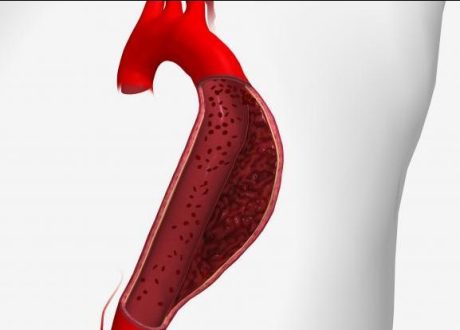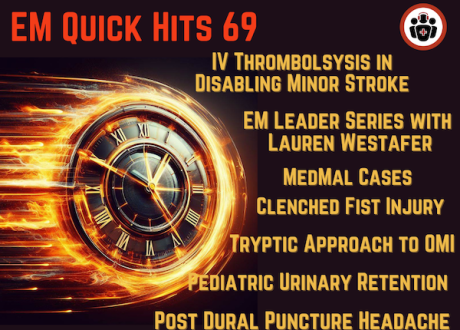Excess Out-Of-Hospital Mortality and Declining Oxygen Saturation: The Sentinel Role of EMS Data in the COVID-19 Crisis in Tijuana, Mexico
Published:July 23, 2020DOI:
Abstract
Objective
Emergency medical services (EMS) may serve as a key source of real-time data about the evolving health of COVID-19 affected populations, especially in low-and-middle-income countries (LMICs) with less rapid and reliable vital statistic registration systems. Although official COVID-19 statistics in Mexico report almost exclusively in-hospital mortality events, excess out-of-hospital mortality has been identified in other countries, including one EMS study in Italy that showed a 58% increase. Additionally, EMS and hospital reports from several countries have suggested that silent hypoxemia—low oxygen saturation (SpO2) in the absence of dyspnea—is associated with COVID-19. It is unclear, however, how these phenomena can be generalized to LMICs. We assess how EMS data can be used in a sentinel capacity in Tijuana, a city on the Mexico-United States border with earlier exposure to COVID-19 than many LMIC settings.
Methods
In this observational study, we calculated numbers of weekly out-of-hospital deaths and respiratory cases seen by EMS in Tijuana, and estimate the difference between peak-epidemic rates and expected trends based on data from 2014-2019. Results were compared with official COVID-19 statistics, stratified by neighborhood socioeconomic status (SES), and examined for changing demographic or clinical features, including mean SpO2.
Results
An estimated 194.7 (95%CI: 135.5-253.9) excess out-of-hospital deaths events occurred during the peak window (April 14th-May 11th), representing an increase of 145% (70%-338%) compared to expected levels. During the same window, only 5 COVID-19-positive, out-of-hospital deaths were reported in official statistics. This corresponded with a rise in respiratory cases of 236.5% (100.7%-940.0%), and a drop in mean SpO2 to 77.7%, from 90.2% at baseline. The highest out-of-hospital death rates were observed in low-SES areas, although respiratory cases were more concentrated in high-SES areas.
Conclusions
EMS systems may play an important sentinel role in monitoring excess out-of-hospital mortality and other trends during the COVID-19 crisis in LMICs. Using EMS data, we observed increases in out-of-hospital deaths in Tijuana that were nearly threefold greater magnitude than increases reported in EMS data in Italy. Increased testing in out-of-hospital settings may be required to determine if excess mortality is being driven by COVID-19 infection, health system saturation, or patient avoidance of healthcare. We also found evidence of worsening rates of hypoxemia among respiratory patients seen by EMS, suggesting a possible rise in silent hypoxemia, which should be met with increased detection and clinical management efforts. Finally, we observed that social disparities in out-of-hospital death that warrant monitoring and amelioration.









